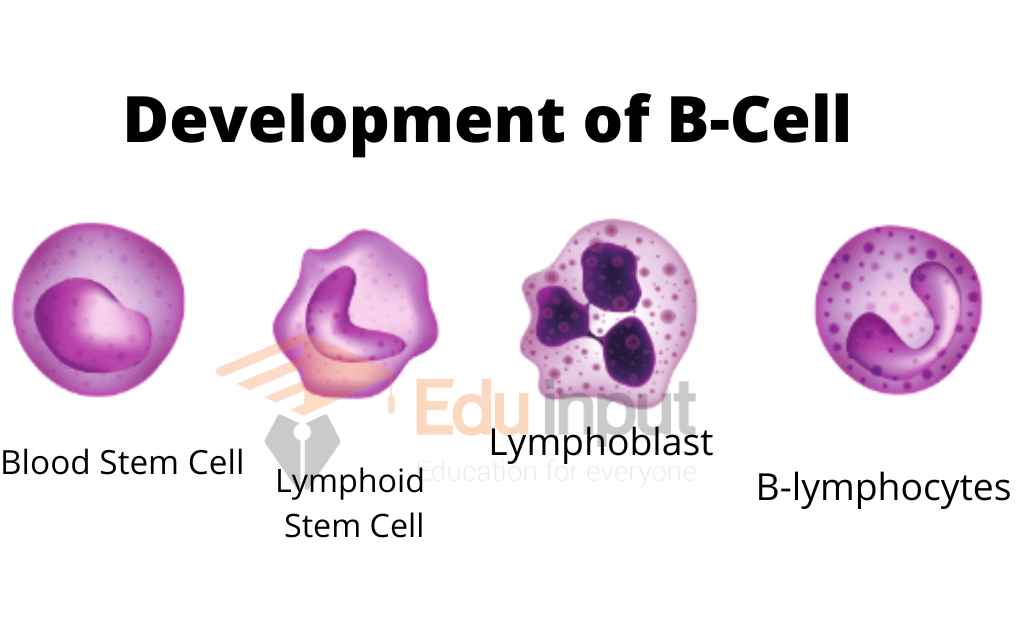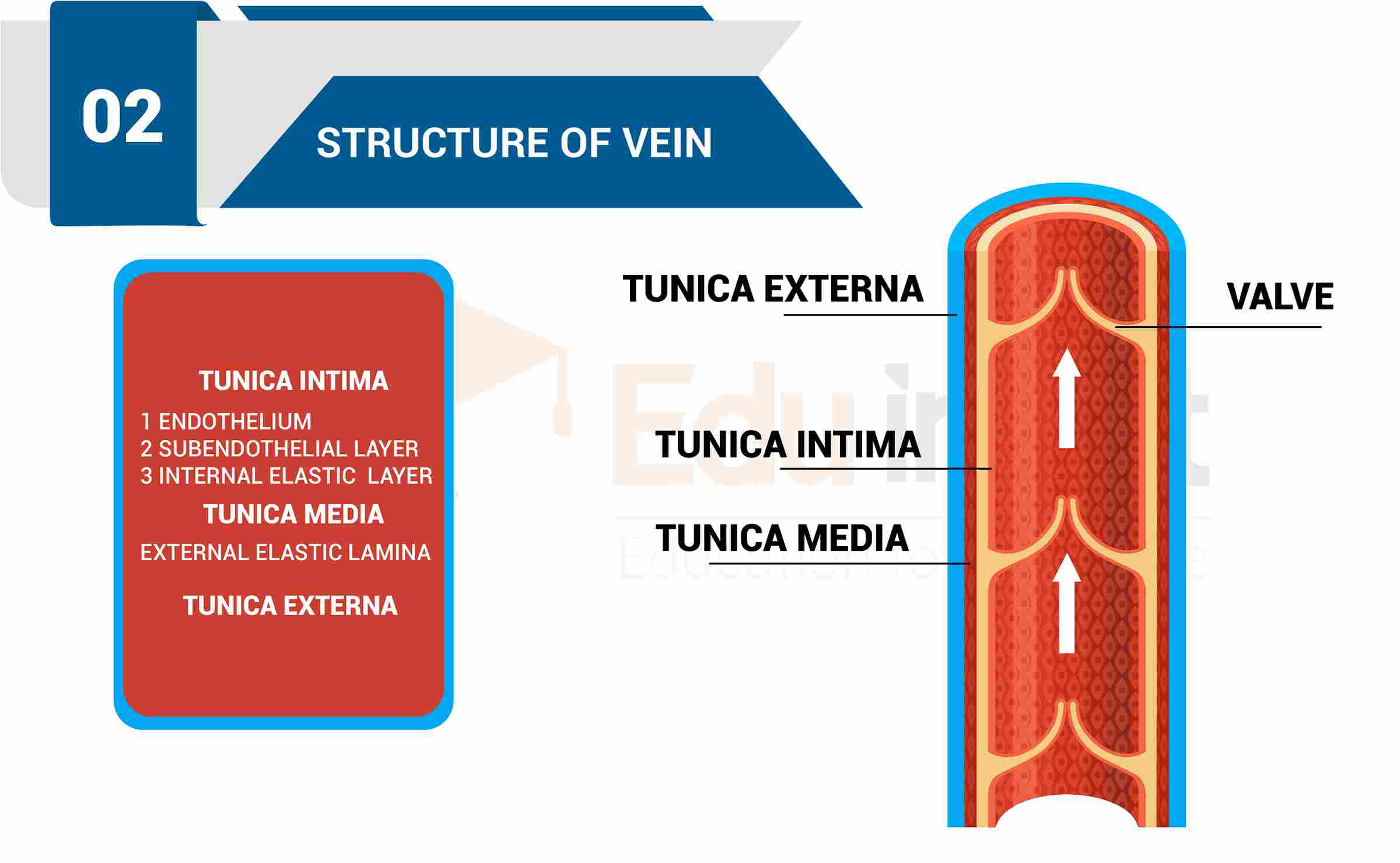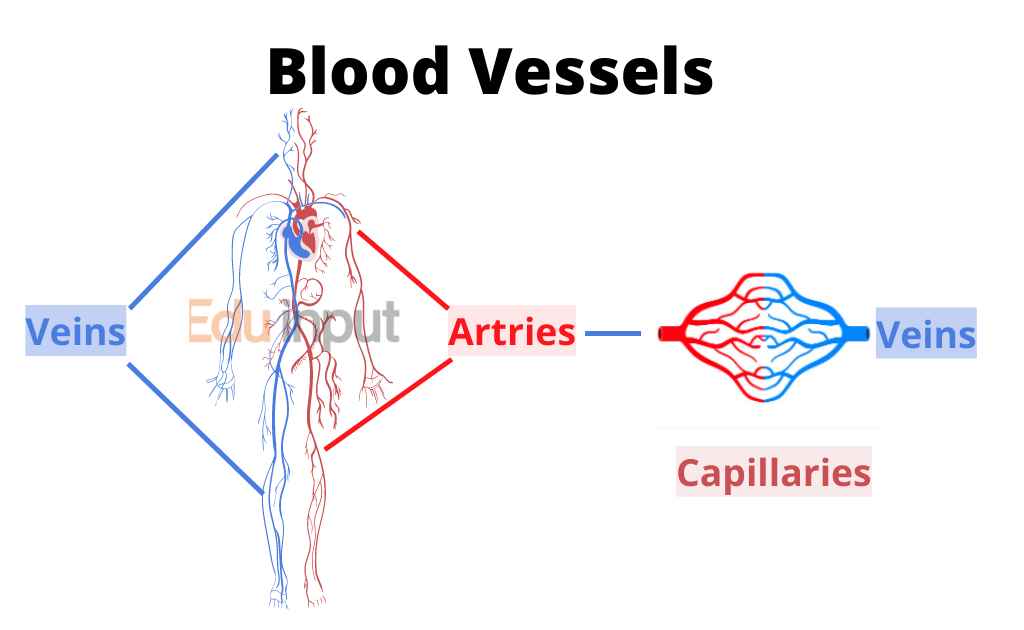B-Lymphocytes (B-Cells) – How They Develop And Function
B lymphocytes are a type of white blood cell that produces antibodies. They are an important part of the immune system, and they develop from stem cells in the bone marrow. B lymphocytes are also known as B cells.
B lymphocyte cells are on the lookout for antigens that correspond to their receptors. If a match is found, the B cell will attach to the antigen and the process of triggering signal off begins. For the B cell to become fully activated, however, it needs proteins that are only produced by helper T cells. Once this occurs, the B cell will start replicating itself to create plasma cells and B memory cells.
Production of B-Cells
The development of B cells can be traced back to hematopoietic stem cells, or HSCs. These HSCs have their origins in the bone marrow.

How does B-Cell Works?
Here is step by step guide to how B-Cells kill pathogens.
- Plasma cells specialize in producing a protein called an antibody, which response to the same antigen that corresponds to the B cell receptor.
- Antibodies are released from plasma cells so they can seek out intruders and help destroy them. Plasma cells produce antibodies rapidly, sometimes releasing tens of thousands per second.
- When the Y-shaped antibody finds a corresponding antigen, it attaches to it. The attached antibodies serve as a coating for eater cells such as macrophages.
- Antibodies play an important role in protecting our cells from infection. They work by binding to harmful substances like toxins and viruses, which prevents them from causing any damage.
- Antibodies are like Y-shaped sculptures, each branch representing a different antigen, or in other words, a different cell.
- By binding to various cells, pathogens are gathered into larger groups which makes them easier for phagocyte cells to devour. Pathogens that are coated with antibodies are more likely to be attacked.
- This complement system is made up of several different proteins that work together to fight off infections.
- The Memory Cells are the second cell type produced by the division of B cells. These cells remember specific intruders and have a prolonged life span.
T cells can also produce memory cells with a longer lifespan than memory B cells. The second time an intruder enters the body, B and T memory cells work together to help the immune system activate much faster.
This way, the invaders are typically wiped out before the infected human feels any symptoms. In this way, the immune system is like a surveillance camera that’s been set up to keep an eye out for potential antigens.


 written by
written by 




Leave a Reply